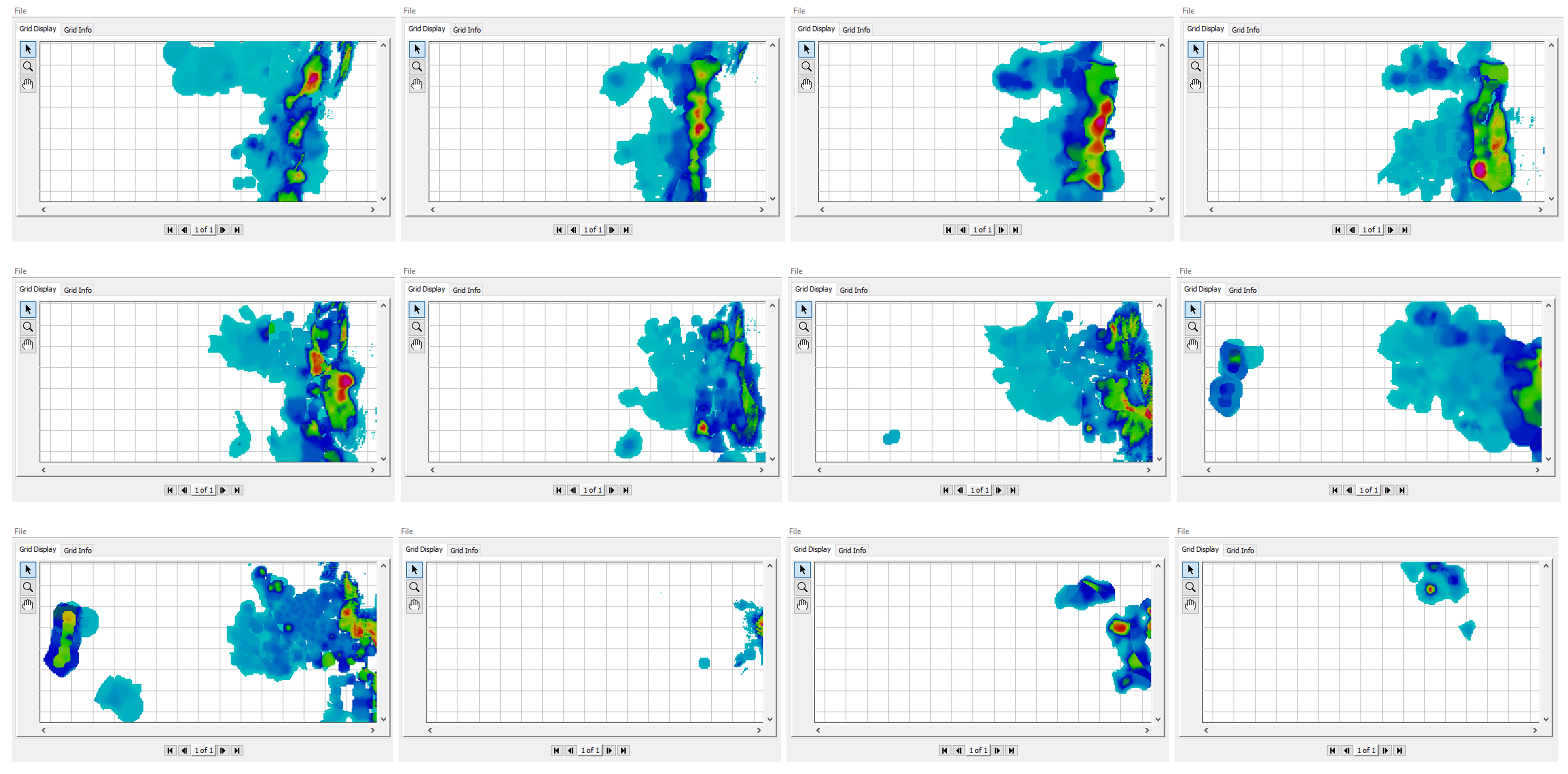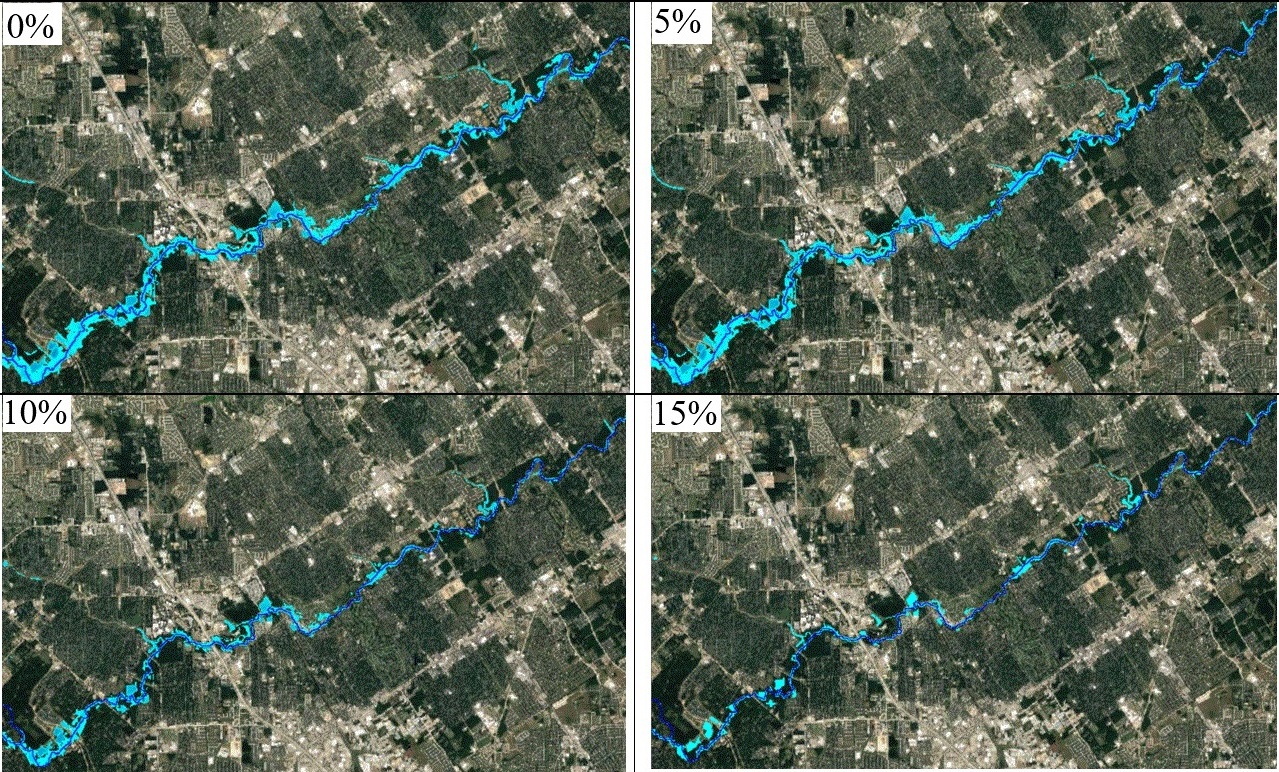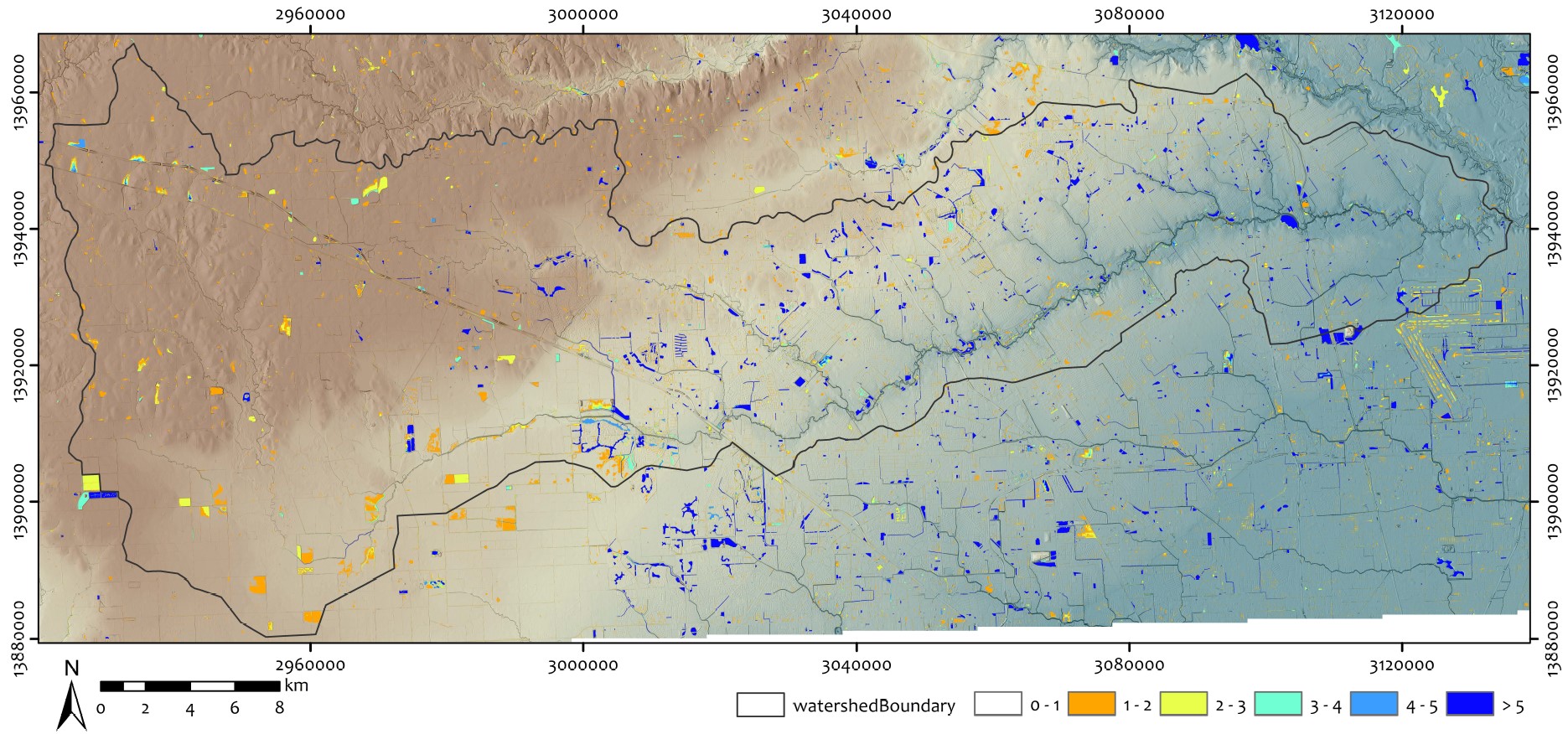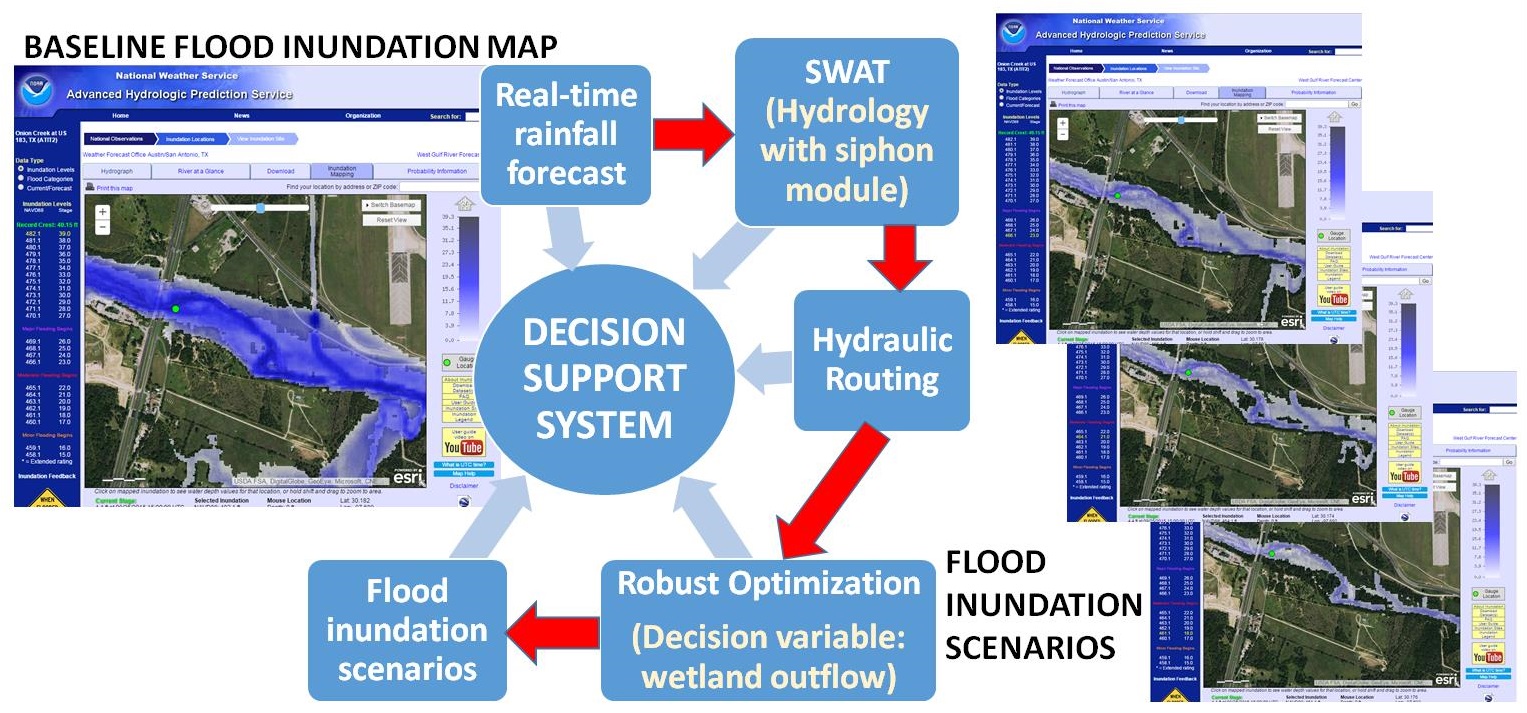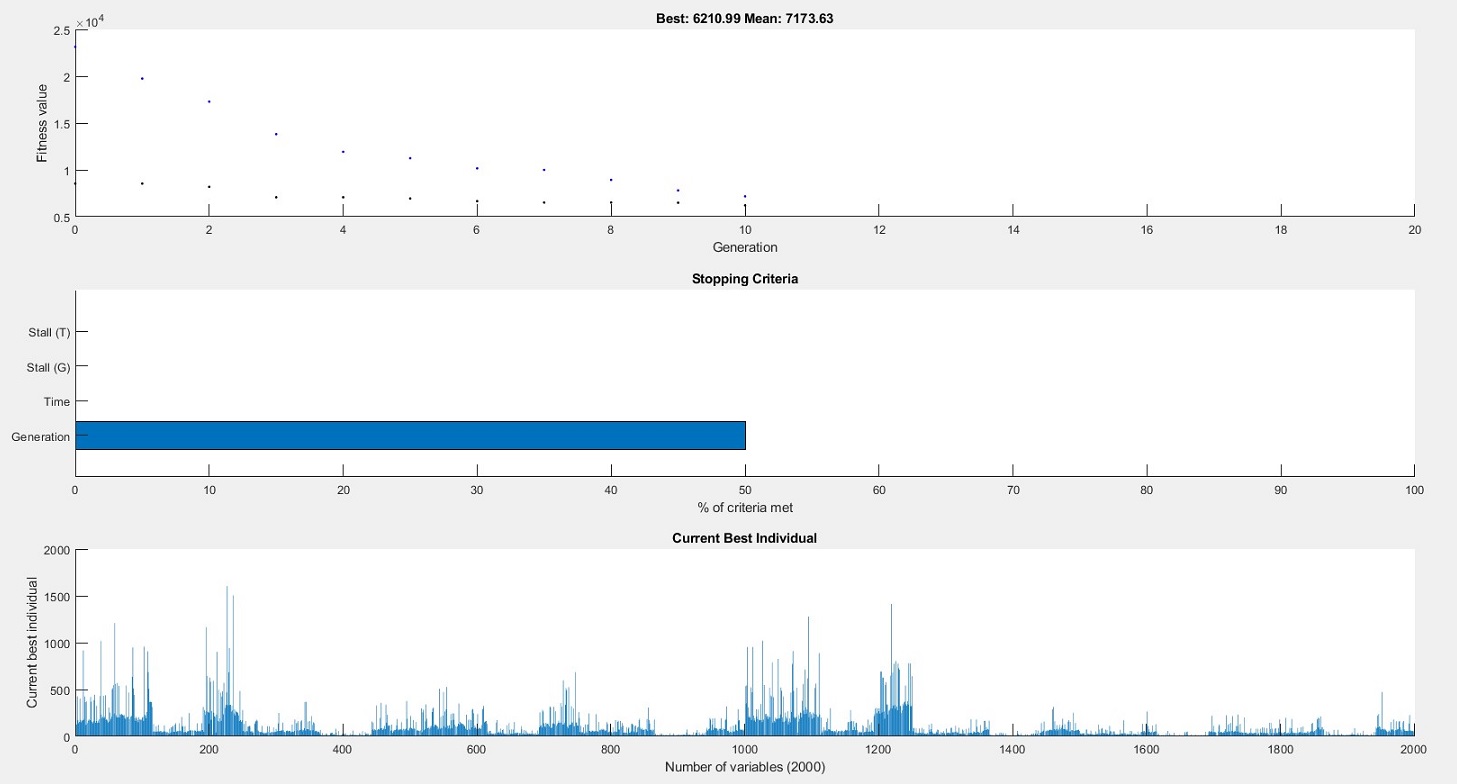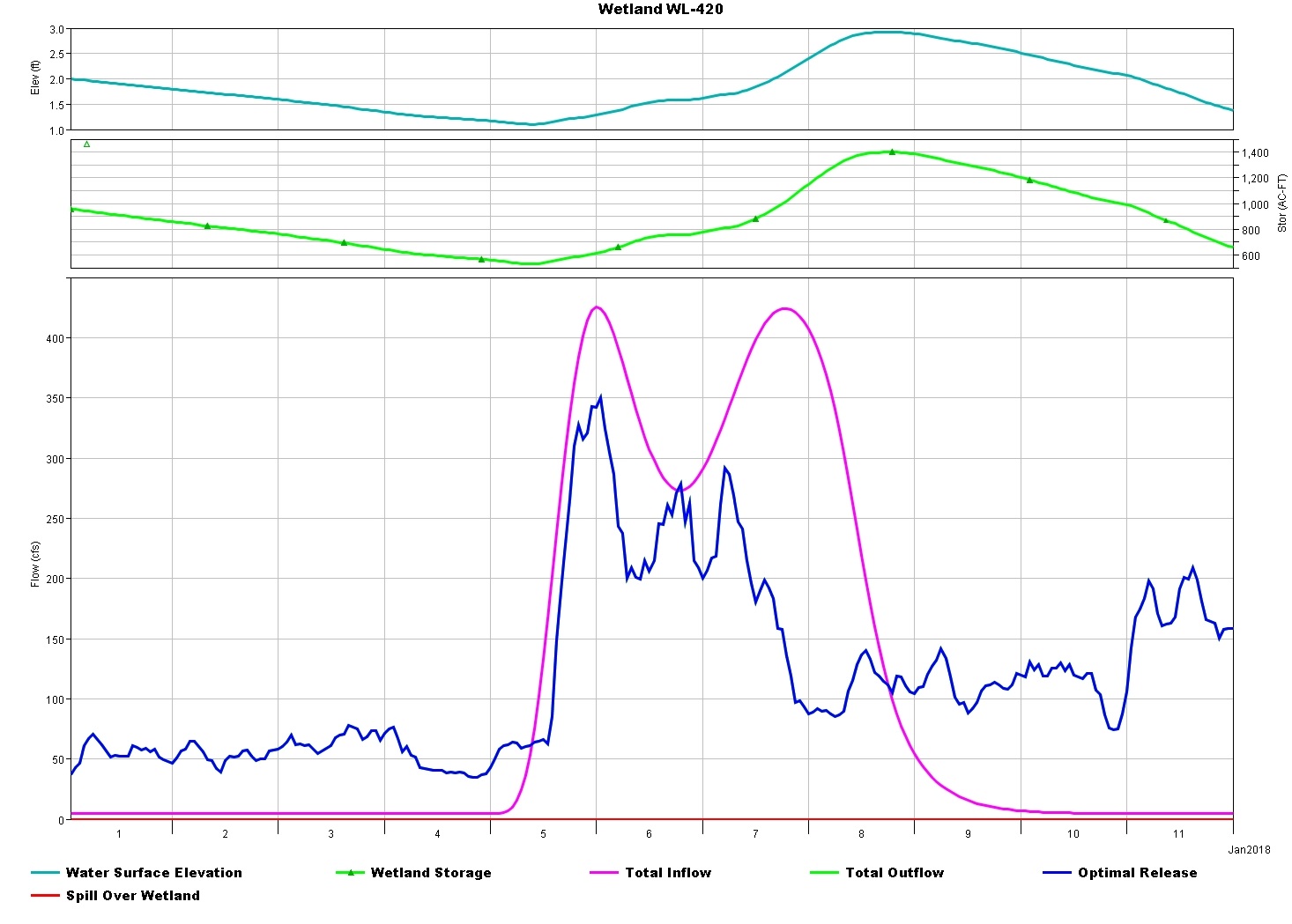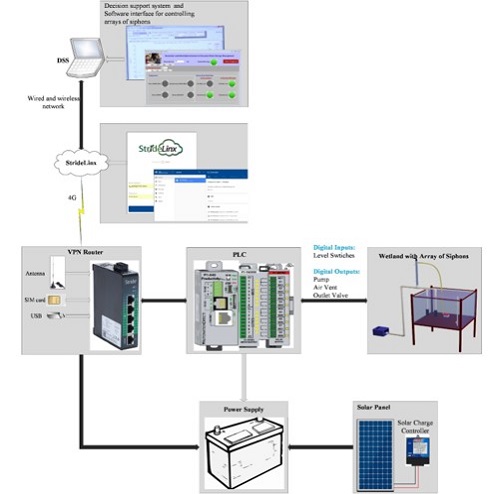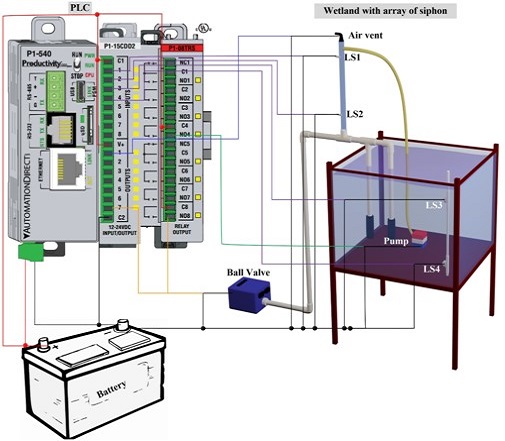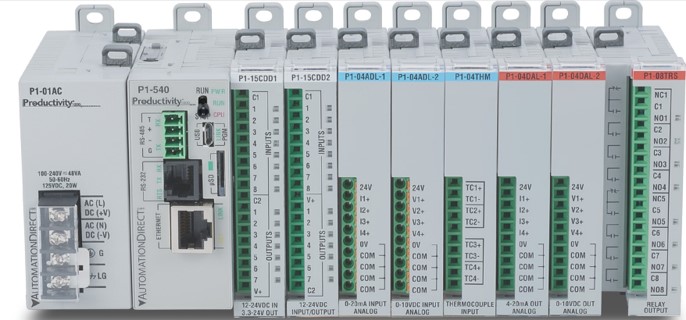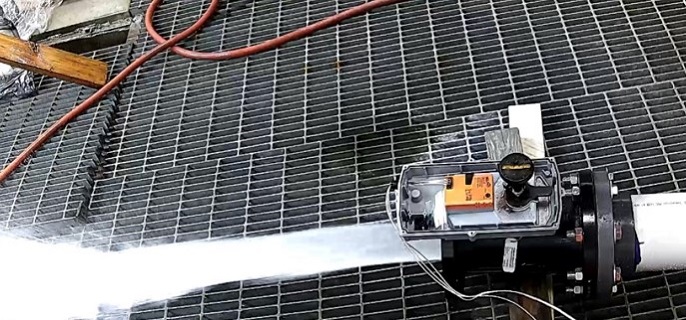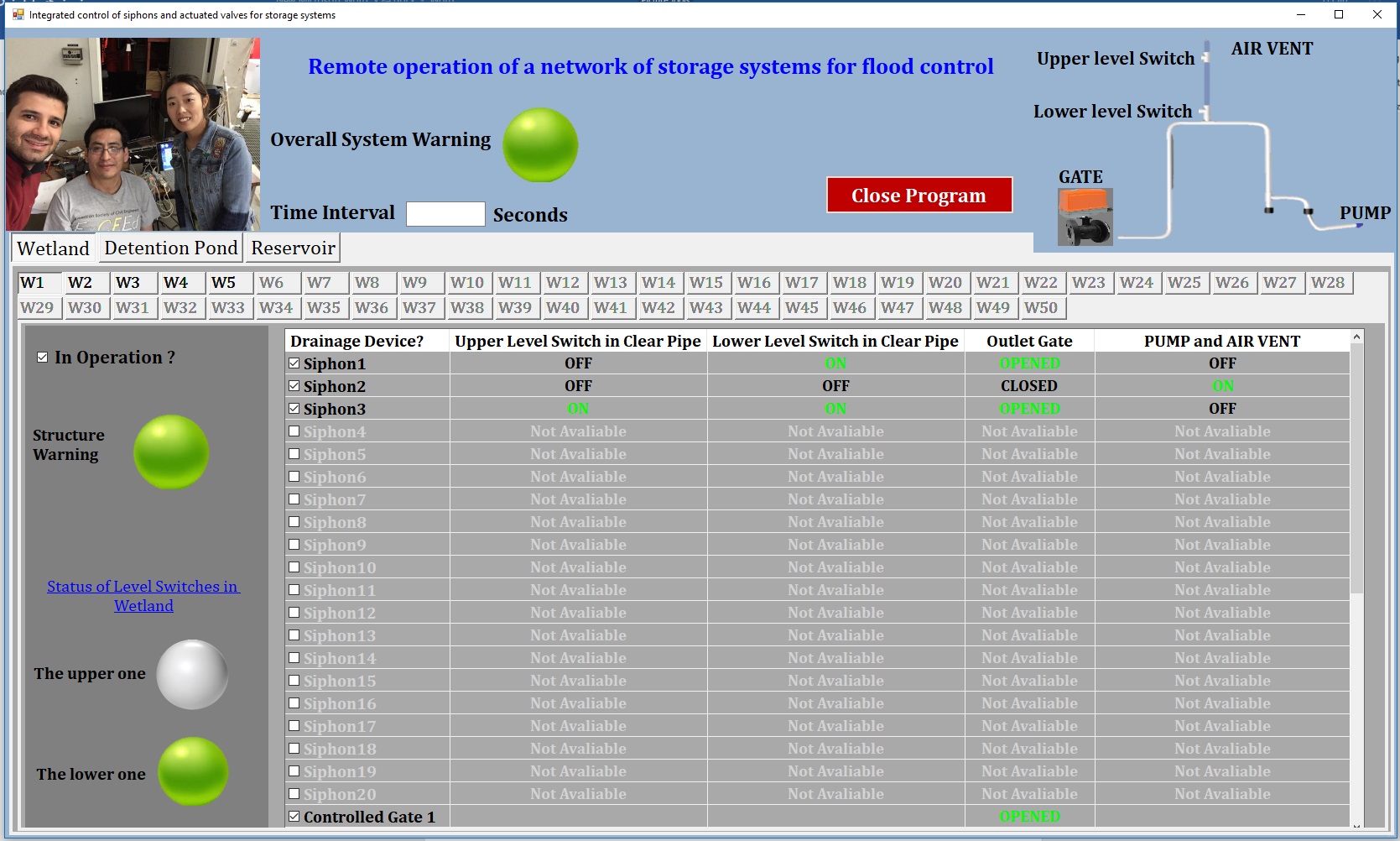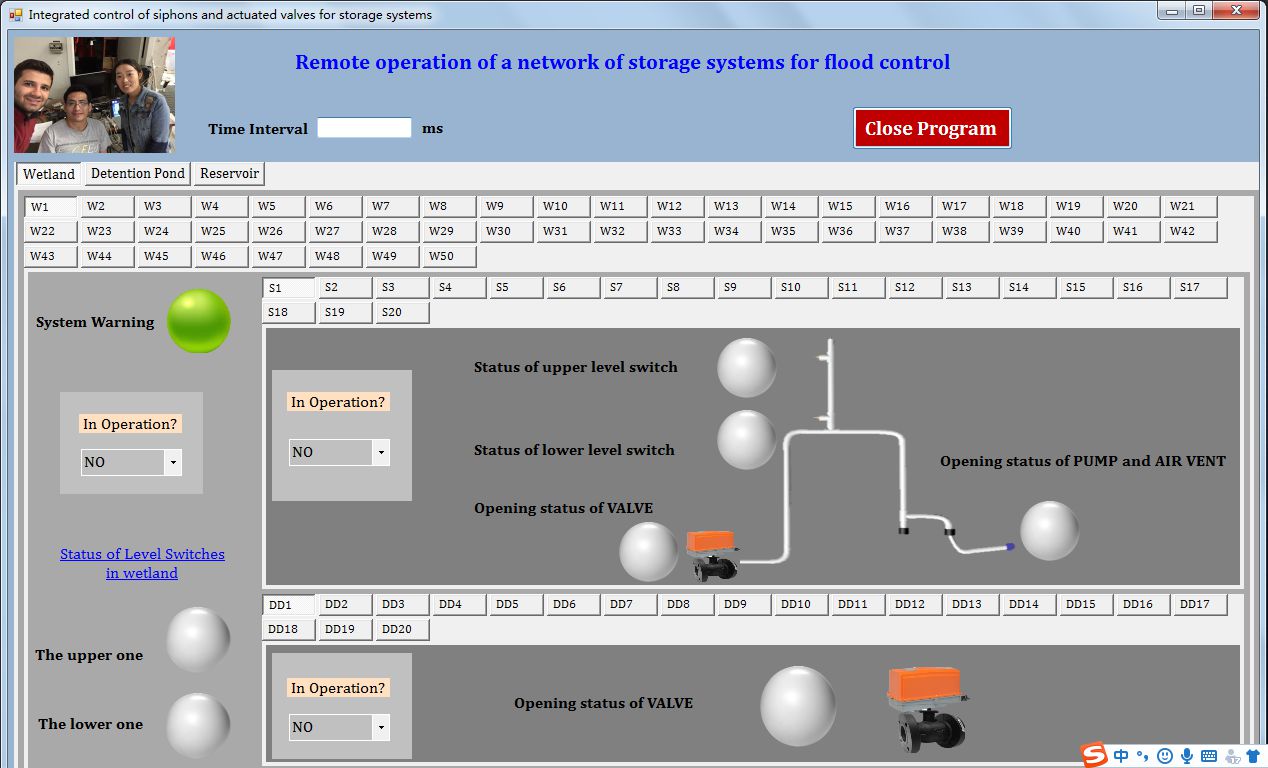Smart Flood Control
We help municipalities, utilities, and developers reduce flood risks and boost climate resilience through intelligent, remotely operated water infrastructure.
The team has developed a watershed-scale flood control strategy that enables adaptive water releases from wetlands, detention ponds, and reservoirs ahead of rainfall events. This is achieved by retrofitting existing storage systems with remotely operated gates and siphons, all managed through a centralized decision support system.
A modular hardware/software platform supports the remote control of thousands of structures using cellular, radio, or satellite connectivity. A lab demonstration of remote siphon operation can be viewed here.
Wetland Characteristics and Flood Reduction
The team is assessing how wetland size, volume, and location affect flood mitigation across watersheds. Case studies include the flood-prone Cypress Creek and San Jacinto–Galveston Bay watersheds in Harris County, Texas.

The numbers in the land cover image represent the land use class defined according to the USGS land cover institute (Case study: Cypress Creek, Texas).
Towards Real-Time Flood Control
The team has developed a real-time Decision Support System (DSS) to optimize water releases from wetlands, detention ponds, and reservoirs in advance of rainfall events—maximizing storage capacity and minimizing flood risk.
This system integrates retrofitted infrastructure (e.g., gates and siphons) with hydrologic and hydraulic models (HEC-HMS, HEC-RAS) and genetic algorithm optimization. Automated data exchange is handled via HEC-DSS files.
A modular hardware/software platform supports remote operation of thousands of control structures using 4G cellular connectivity, with optional support for radio, wireless, or satellite links. A lab demonstration of remote siphon control can be viewed here.
COPYRIGHT, HydroOptima Solutions
